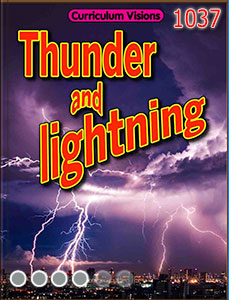Electricity forms on the surfaces of insulators. This kind of electricity cannot move about, and so it is called static electricity (the word static means ‘not moving’). Static electricity flows away (it is discharged) if the surface is touched by a conductor.
How static electricity is formed
Static electricity has to be made, or generated. Static electricity is produced when insulators rub together. Static electricity is removed by touching a metal object because then the electricity will be conducted away.
Opposites attract
You may have noticed that electricity has opposites. In electricity the opposites are called positive and negative. A battery, for example, has a positive end and a negative end. Electricity flows in a circuit because positives and negatives attract. In static electricity we use the words positive charge and negative charge for the build-up of electricity on the surface.
The surface of all insulators have positive and negative charges on them, but they are usually in balance and so they are not noticeable.
When materials rub together, positive charges are rubbed off from one surface and on to the other. As a result, one surface has more negative charges than normal and the other surface has more positive charges.
Positive charges attract negative charges. You can see this when a balloon is placed near a jumper after the two have been rubbed together. The balloon holds fast to the jumper as though it were stuck there. This is the result of all the positive charges on one material attracting the negative charges on the other material.
After a while the negative and positive charges will recombine and the balloon will fall off.








